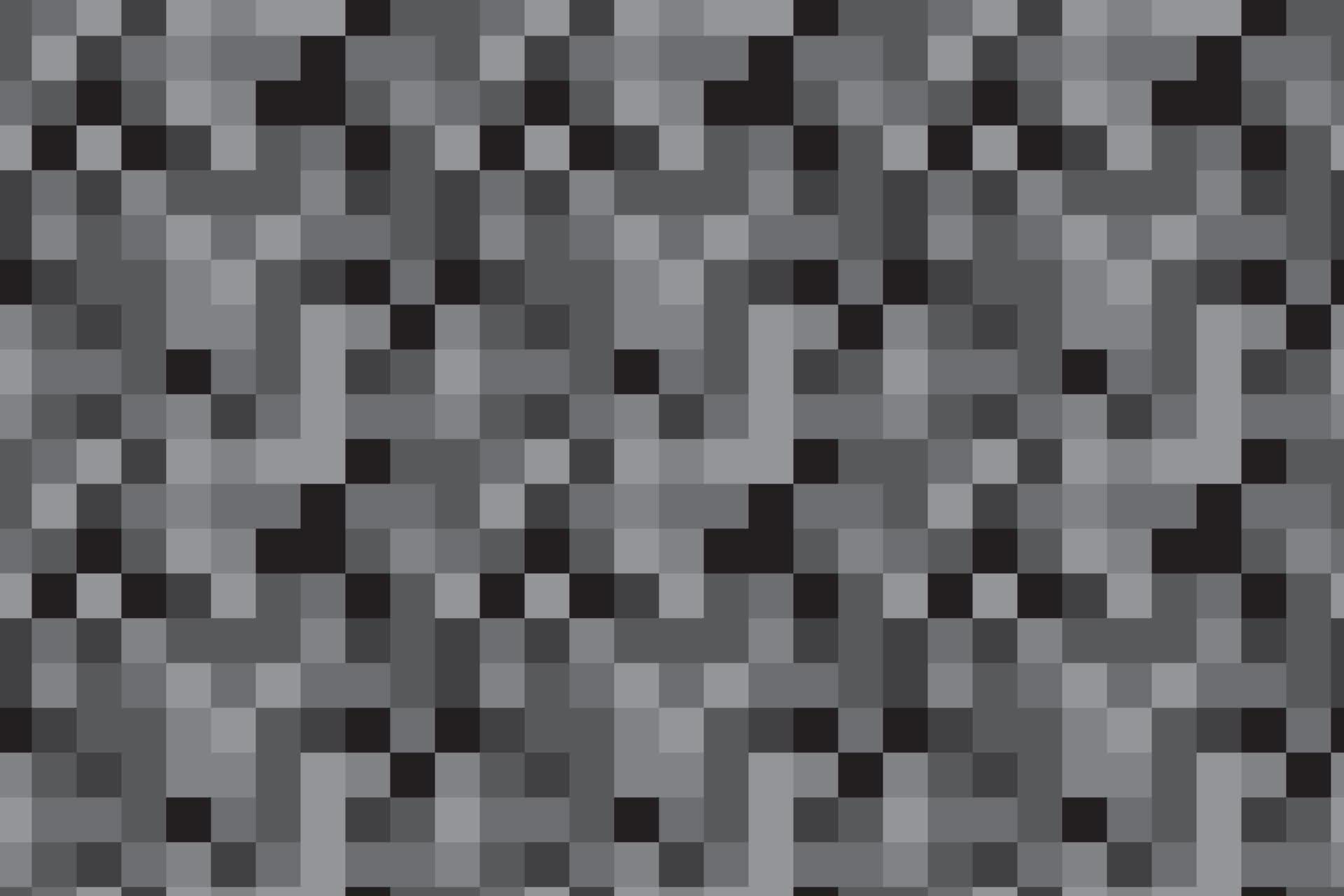Reversing blurred pixels to reveal censored content in videos is easier than you think
Through the looking glass: Pixelation and blur filters are often used used for censoring sensitive or explicit content. However, tools capable of reversing these effects have recently become widely accessible. While the reconstructed images aren't perfectly clear, they can still reveal hidden details from almost any censored video.
Viewers of a recent YouTube video by developer Jeff Geerling demonstrated how free software can unmask information hidden behind mosaic censorship. The experiment showed that anyone attempting to obscure content in a video should either block it entirely or avoid recording it in the first place.
After a commenter warned Geerling against using pixelation to conceal part of a video, he uploaded a test clip offering $50 to anyone who could identify the contents of a pixelated file window. Within 24 hours, multiple viewers submitted blurry but accurate reconstructions – proving the risks of relying on mosaic filters.
GitHub user KoKuToru details how tools like FFmpeg and GIMP can automatically reverse-engineer a pixelated image. The key lies in motion: as the censored area moves across frames, the distorted pixels shift, allowing software to compile bits of information from each frame into a reasonably complete image.
Pixelation acts like a fence with many small gaps. If either the filter or the censored content moves, different parts of the hidden information become briefly visible. Over time, enough fragments can be gathered to reconstruct the original. This means that reversing mosaic censorship is likely more difficult (or perhaps not possible) for still images.
In his first attempt, KoKuToru manually analyzed pixelated frames, producing a barely legible result. In the second iteration, he used FFmpeg to automatically extract 200 censored frames and applied edge detection techniques to produce a clearer image.
His method closely resembles temporal anti-aliasing technologies in video games – such as TAA, FSR, DLSS, and XeSS – which upscale low-resolution frames using motion data.
Geerling also mused over whether blur filters would be more resilient, but commenters suggested otherwise. Astronomers have spent decades developing techniques to correct the blurring caused by Earth's atmosphere – techniques that could, in theory, also be used to reverse blur filters in videos. As Geerling notes, solid color filters that reveal zero information behind them are probably the safest option.


